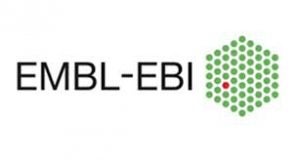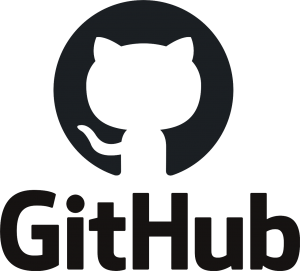This repository contains many of the course materials (for free!) from the Bio720 course taught by Brian Golding and Ian Dworkin at McMaster University in 2018. While this course is structured for graduate students, anyone who has a working knowledge of basic molecular biology and genetics should be able to use this course. The goal of this course is to allow the user to develop fundamental computational skills that will prepare them to further develop skills appropriate for bioinformatics and genomics.
To learn more about this course, click here.




